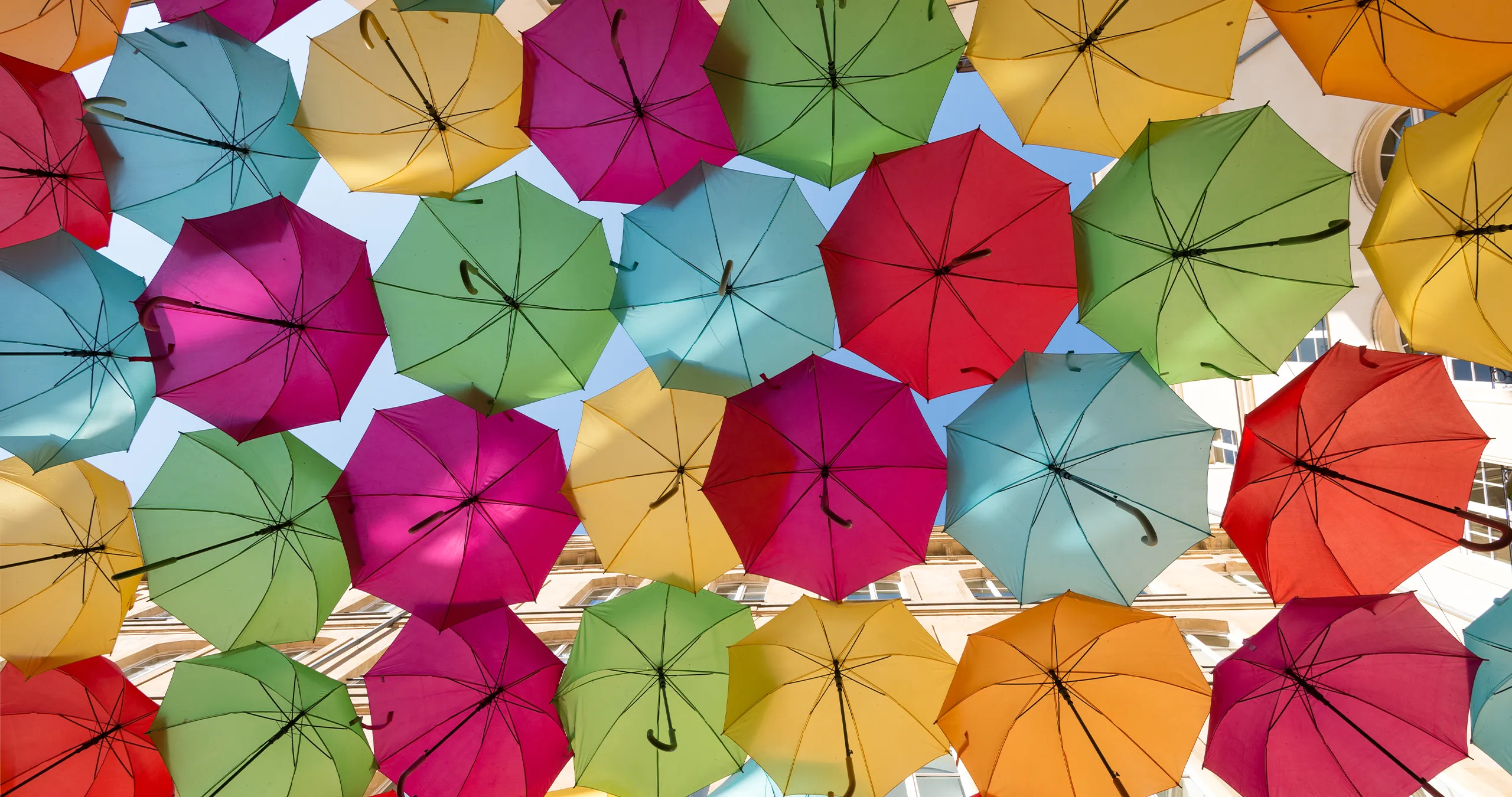Have you ever noticed how certain colors can evoke strong emotions within you? The world of Color Psychology delves into the fascinating interplay between colors and human psychology, revealing how different hues can influence our emotions and behaviors. In this blog, we will explore the emotional impact of various color palettes in design and how they can be used to create powerful, evocative experiences.
Color is all around us, influencing our moods, perceptions, and even our decision-making processes. It is a powerful tool that designers and marketers use to create specific experiences and convey particular messages. Whether it’s the calming effect of a soft blue or the energizing impact of a vibrant red, colors play a crucial role in shaping our emotional responses.
Emotional impact of some common colors:
Red : This bold and intense color is often associated with passion, energy, and action. It can evoke feelings of excitement and urgency, making it a popular choice for brands looking to create a sense of urgency or to convey passion and strength.
Blue : Known for its calming and soothing effect, blue is often used to create a sense of trust, reliability, and serenity. It is commonly used in corporate branding to convey professionalism and dependability.
Yellow : A bright and cheerful color, yellow is often associated with happiness, optimism, and positivity. It can be used to create a sense of warmth and friendliness, making it a popular choice for brands looking to evoke a sense of joy and sunshine.
Green : Symbolizing nature, growth, and harmony, green is often used to convey feelings of tranquility, balance, and health. It is commonly associated with environmental and wellness-related brands.
Purple : Often associated with luxury, creativity, and mystery, purple can evoke a sense of sophistication and elegance. It is a popular choice for brands looking to convey a sense of royalty and exclusivity.
Understanding the emotional impact of different colors is essential for designers and marketers. By strategically incorporating specific color palettes into their designs, they can create powerful emotional connections with their audience and influence their behavior. Whether it’s creating a calming atmosphere in a spa, evoking a sense of urgency in a retail setting, or conveying a sense of luxury in a high-end brand, the right color palette can make a significant impact.
The interplay between colors and human psychology is a fascinating subject that continues to intrigue designers, marketers, and consumers alike. By understanding the emotional impact of different colors, we can harness the power of Color Psychology to create compelling and impactful designs that resonate with our audience on a deep emotional level. So, the next time you encounter a powerful design that evokes a strong emotional response, take a moment to appreciate the thought and consideration that went into the strategic use of color.

